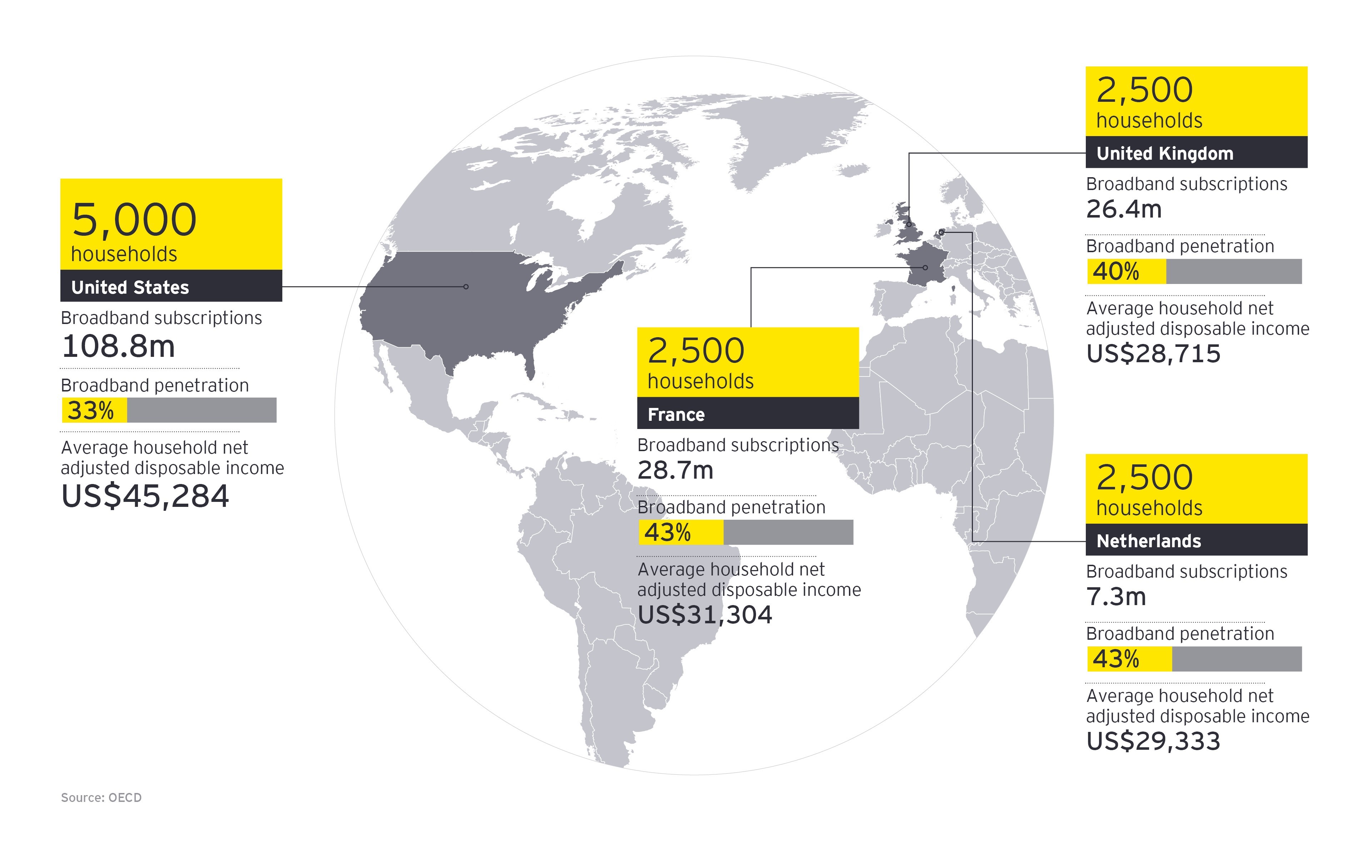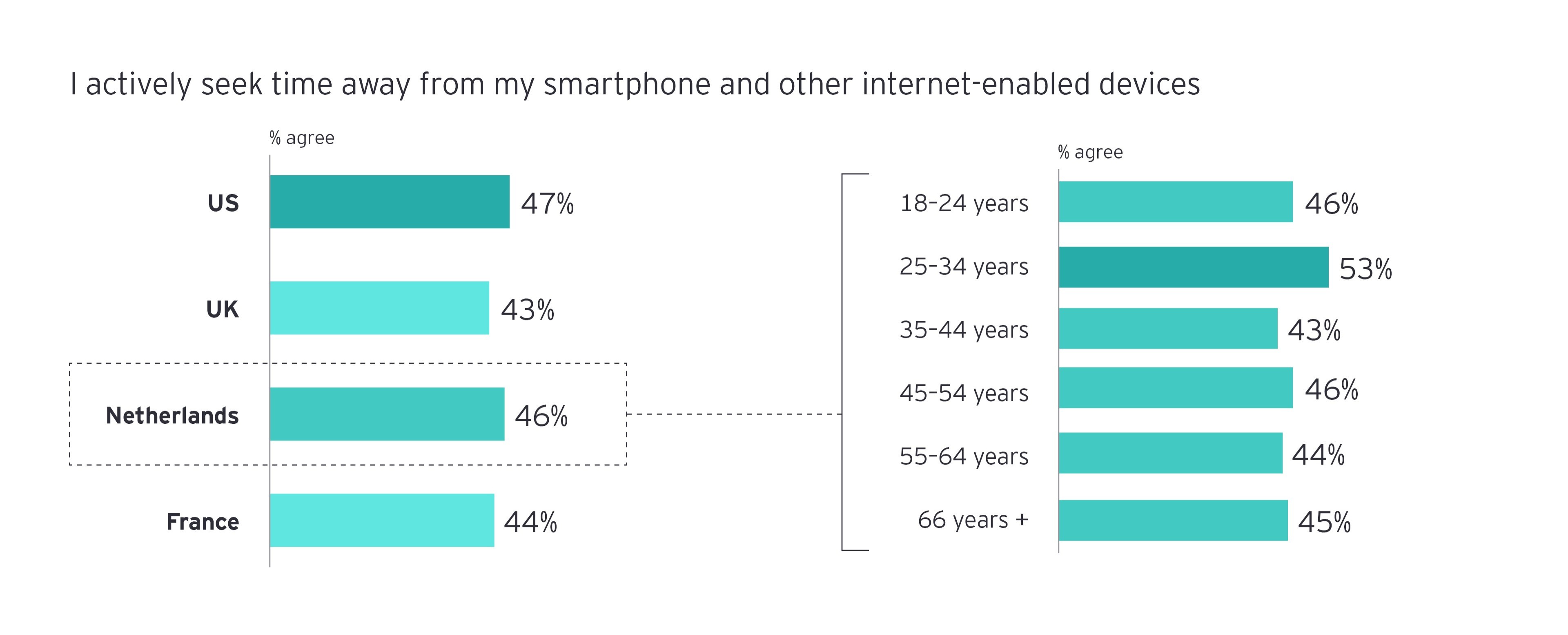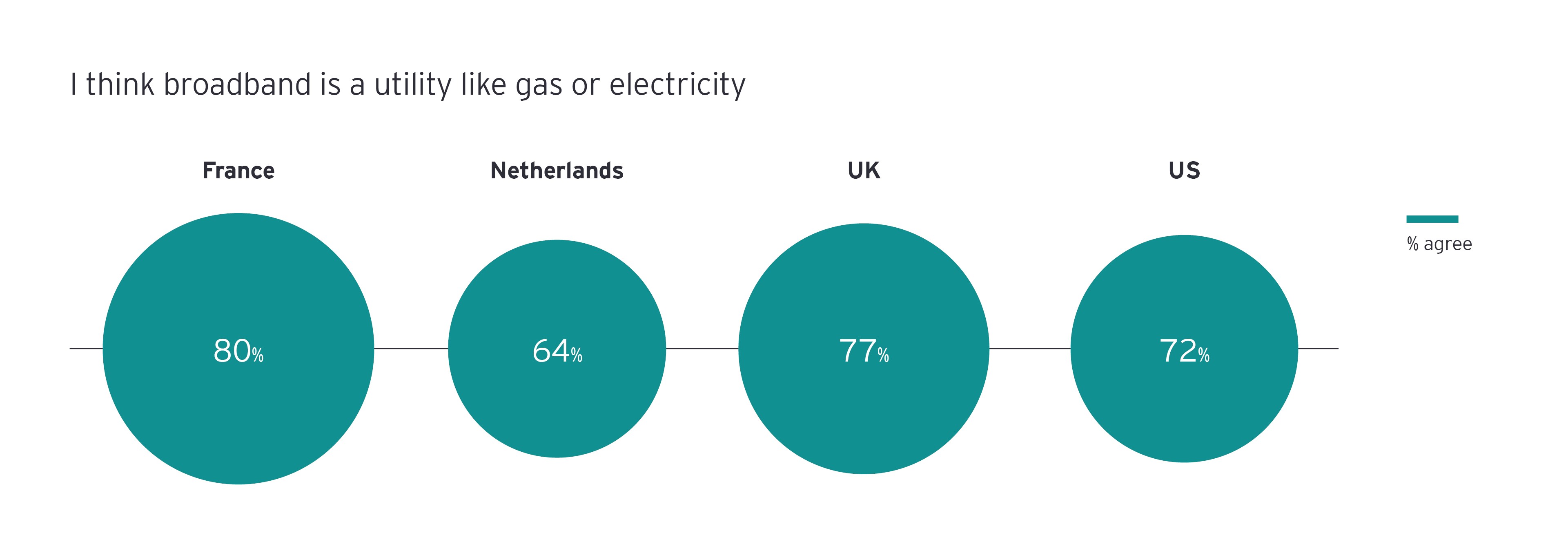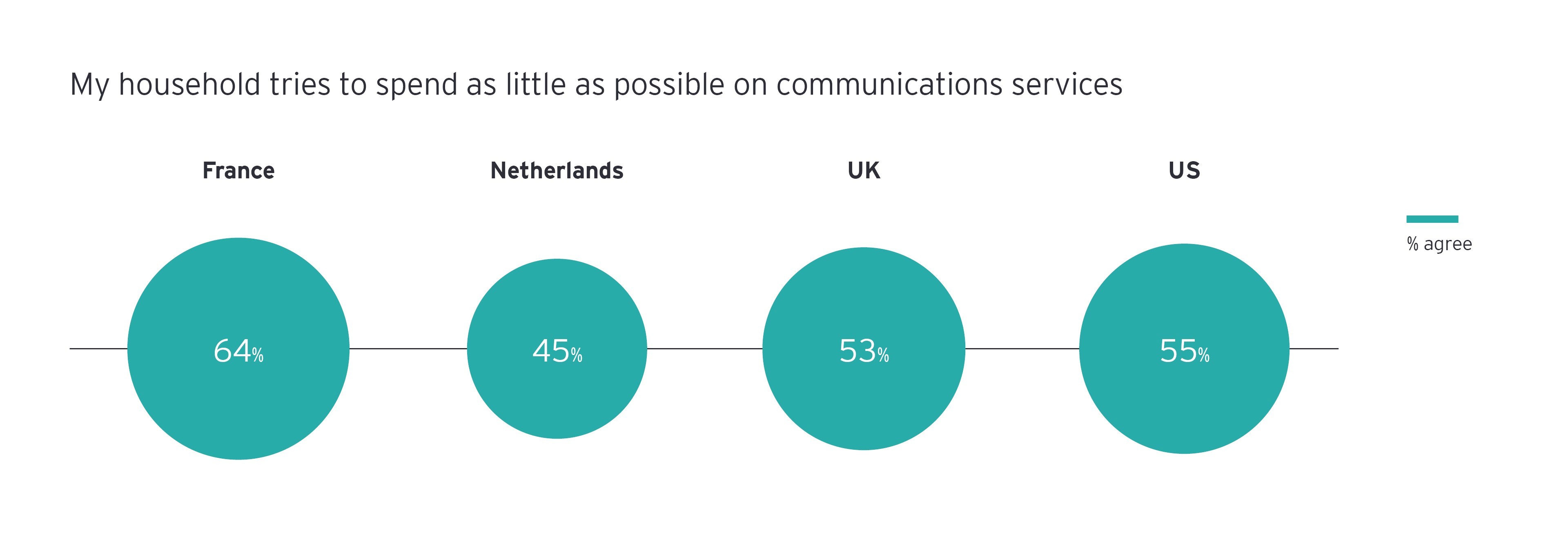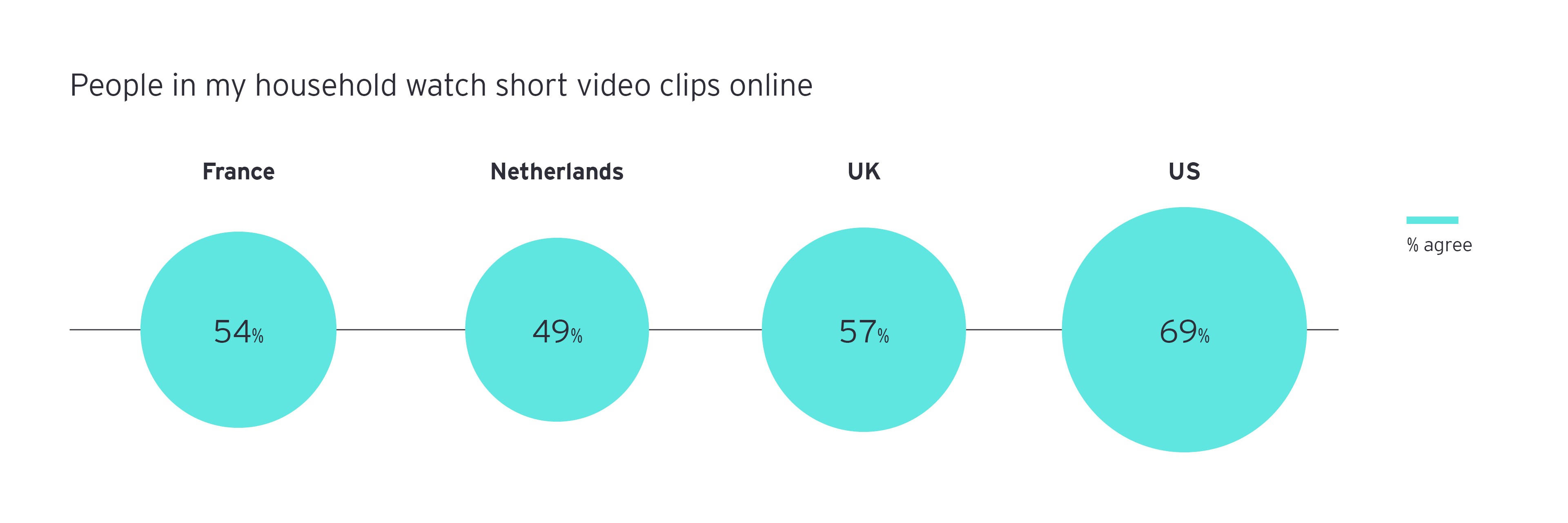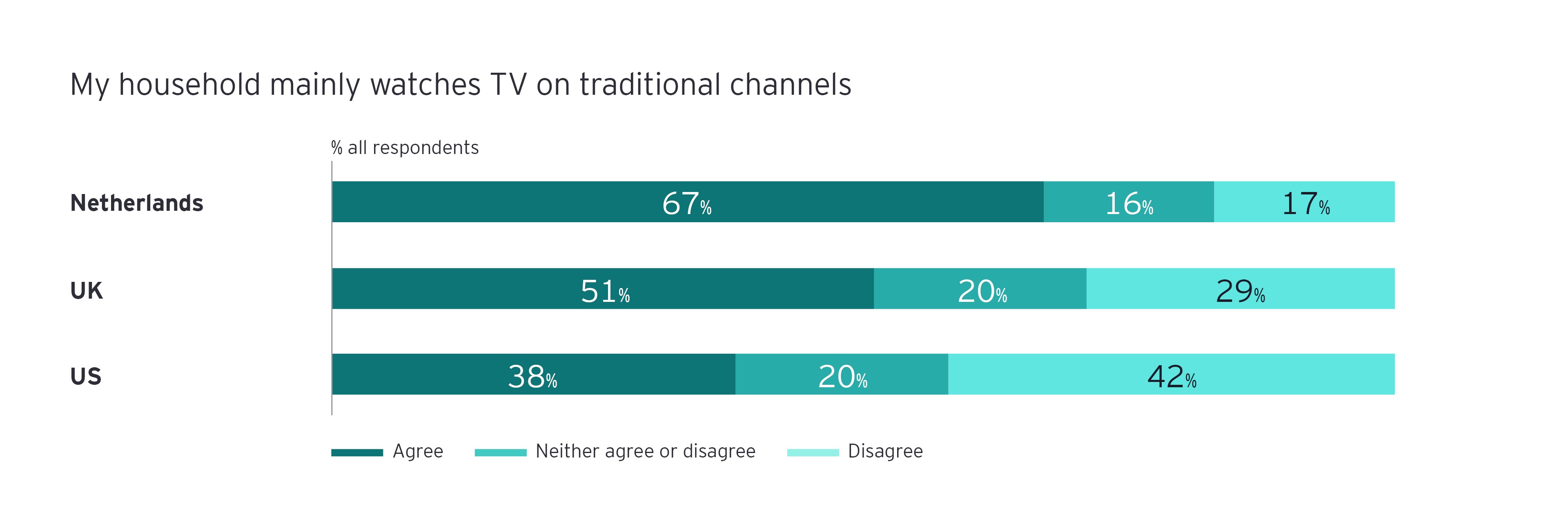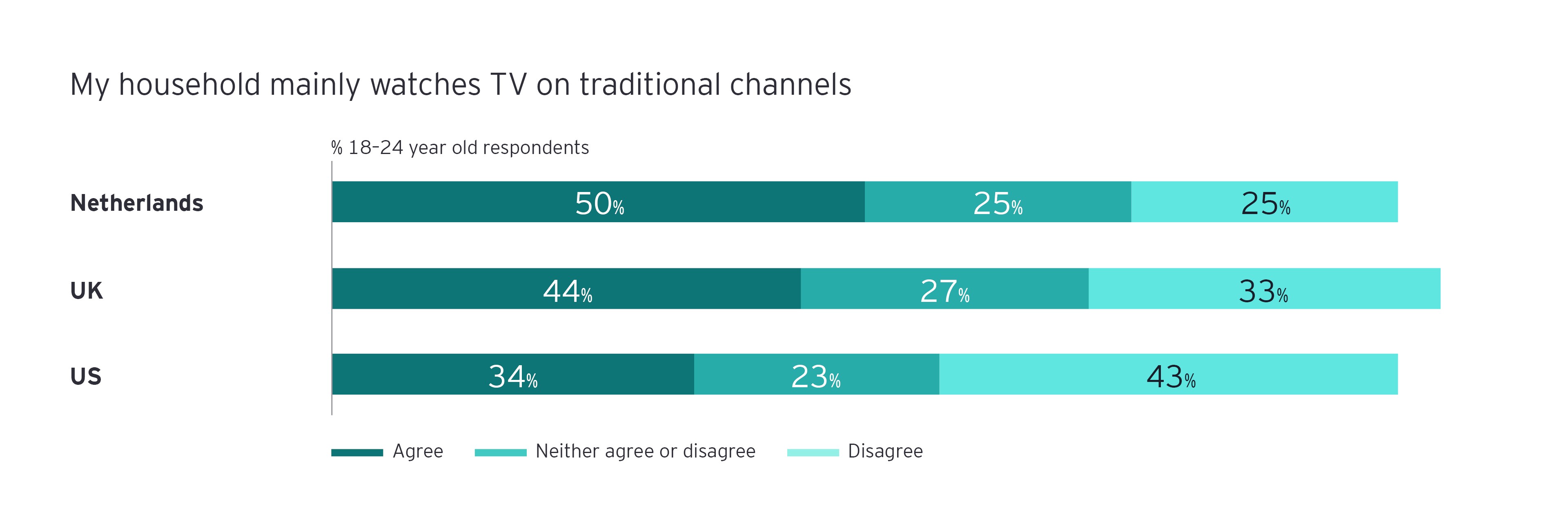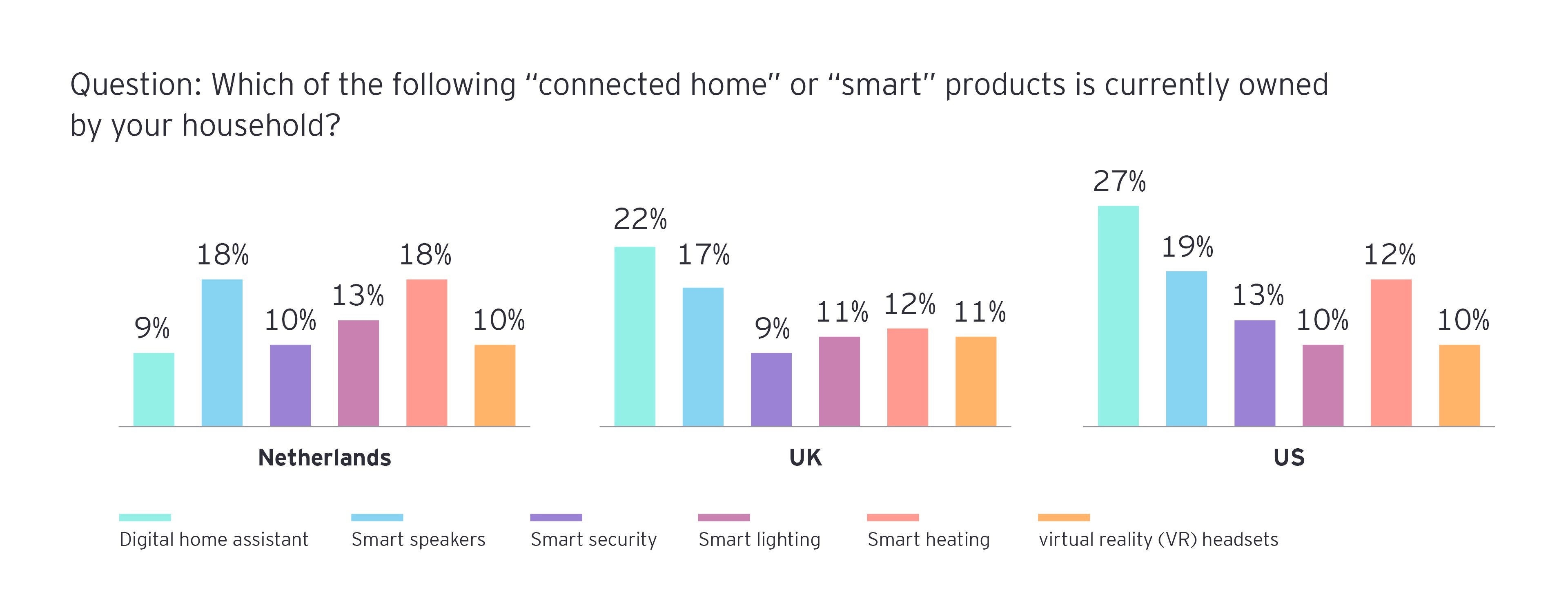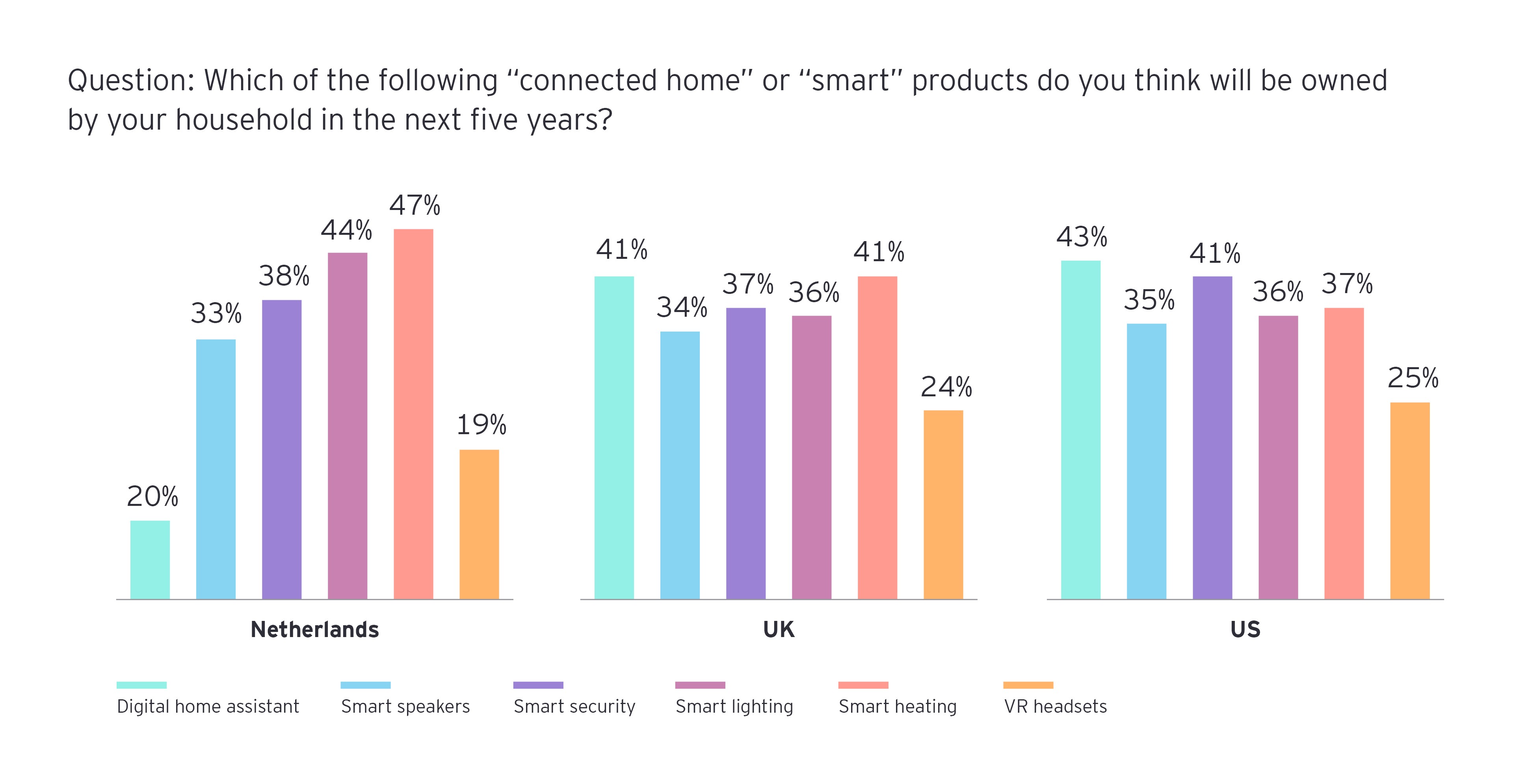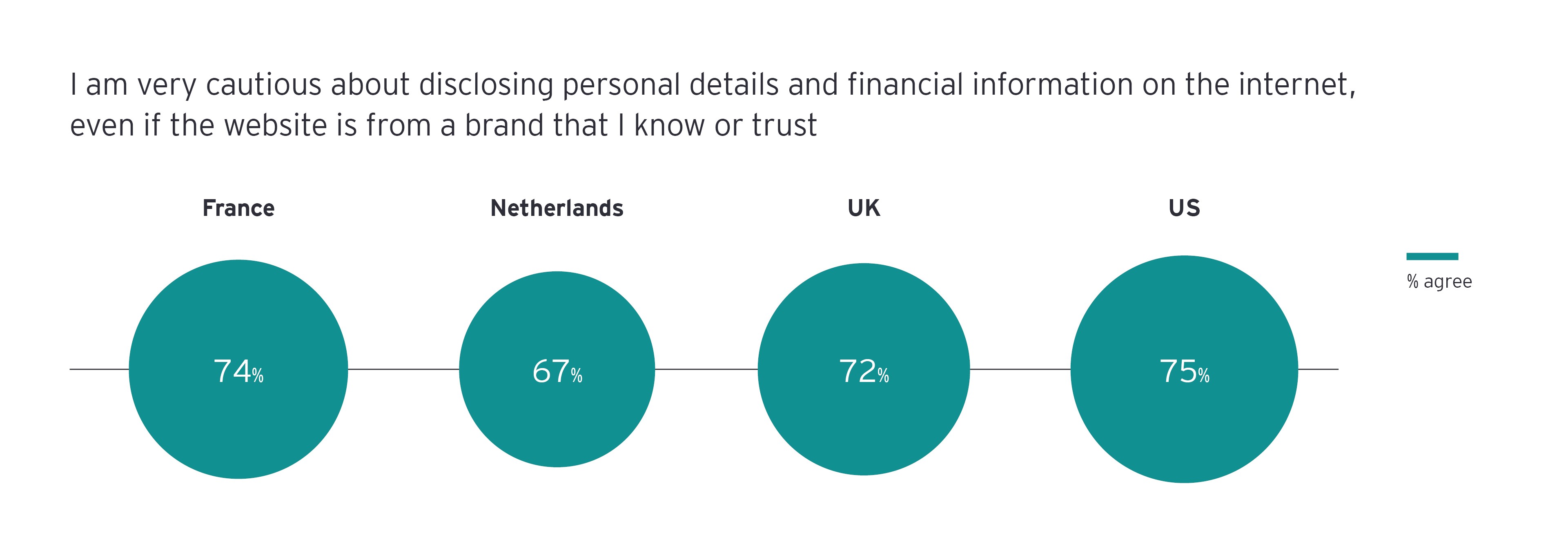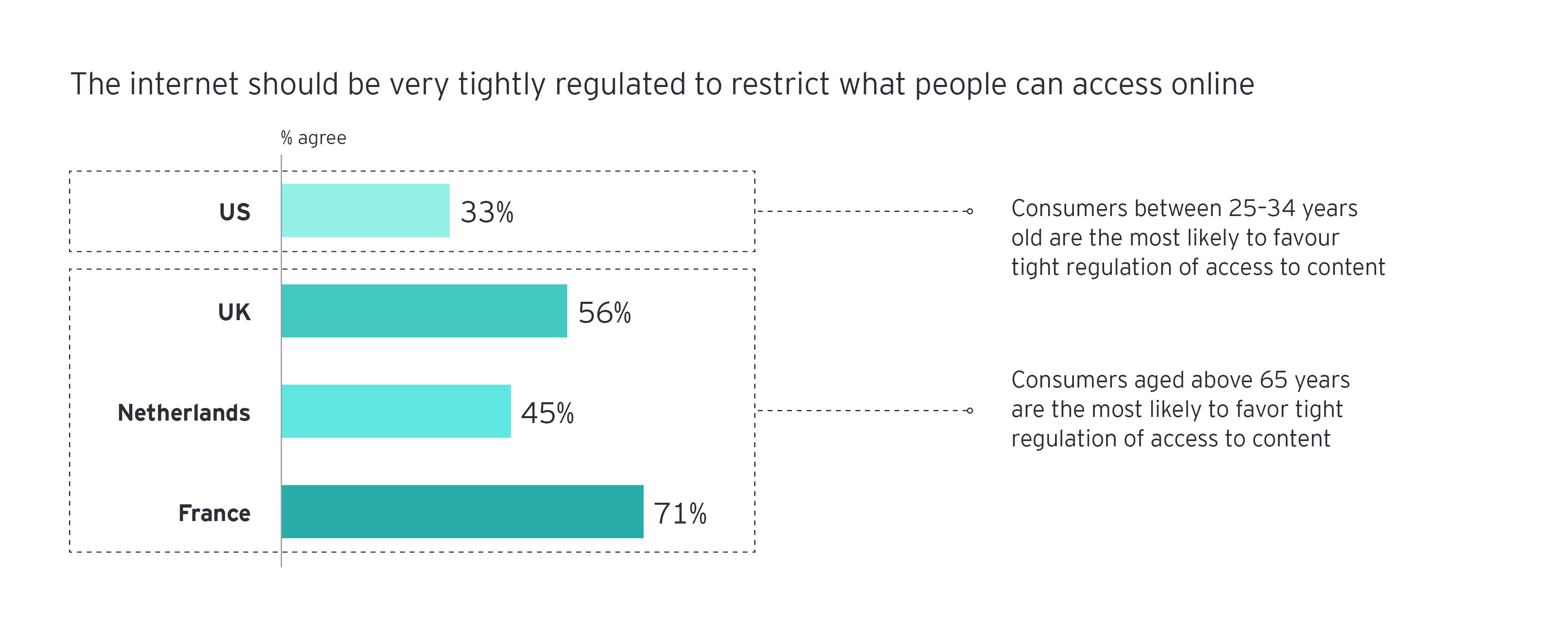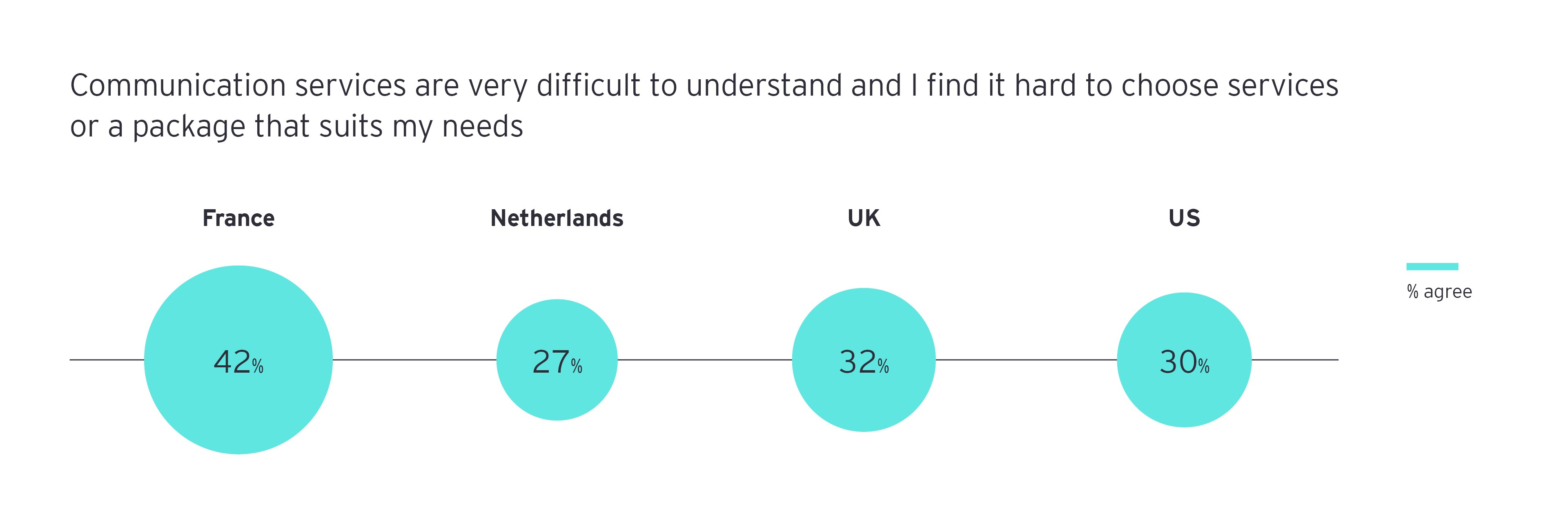Five next steps for TMT providers
In the light of the findings in Decoding the digital home 2019, EY professionals think TMT companies should prioritize five steps:
1. Segment your target customers in new ways and tailor offerings accordingly
The needs of digital households are increasingly nuanced and divergent — the “one-size-fits-all” approaches no longer work. Some customers are digital devotees, while some are disengaged or even distrustful, and there is no guarantee that younger users will find the digital world any easier to navigate. TMT service providers must understand these widely varying attitudes and look to reflect them in their more targeted offerings.
2. Help customers cut through the fog of confusion
Complex pricing models and opaque introductory offers mean customers are struggling to understand the true value and lifetime cost of what they are buying. They will be attracted to providers that present simpler, more transparent pricing plans that make it easier to understand the trade-offs between cost and value.
3. Don’t overload the bundle
The need for greater simplicity extends to bundles, where rising sophistication and complexity have reached overkill levels for many customers. Loading more features and options into increasingly convoluted bundles won’t help. In a crowded marketplace, clearly explained simple and effective packages, are increasingly going to win.
4. Focus actively on building trust — compliance alone isn’t enough
Households are hypersensitive about data disclosure. And, whatever the effects of GDPR are, 4 out of 10 people think safeguarding their personal data online is a lost cause. TMT providers need to go beyond boilerplate statements of compliance. They need to put data protection and responsibility at the heart of their customer interactions and wider service-innovation agenda.
5. Help people to “get things to work”
For customers, a lack of confidence around getting products installed and running is a major pain point. And their confusion and uncertainty persist throughout the customer journey — across product discovery, purchase, usage and support. As digital home products become more sophisticated and expensive, people expect to receive the support and information they will need to get them working, instantly, every time.

